DALI IO-12

The DALI IO-12 are a luxury pair of headphones with warm, musical sound, strong wireless performance and long battery life. Its ANC satisfies, though it’s beaten by less expensive alternatives. Still, these are DALI’s best headphones yet.
Pros
- Opulent looks
- Musical and entertaining sound
- IP rated design
- Long battery
- Excellent Bluetooth performance
Cons
- Expensive
- Beaten for ANC
- Might be heavy for some
Key Features
- BluetoothStreams in AAC, aptX, aptX HD and aptX Adaptive
- No appAll means of control is done through onboard buttons
- Wired listeningComes with 3.5mm and USB-C cables for wired listening
Introduction
DALI is principally known as a loudspeaker brand, but has dabbled in the world of headphones. The DALI IO-12 marks its most premium effort yet.
These headphones feature active noise-cancellation and higher-quality Bluetooth streaming at a premium price of £999/$1299/€999.
Plenty of rival brands have looked to make their mark in this area of the market, with efforts from Bowers & Wilkins, Mark Levinson, and Focal all bustling for attention. DALI are still new to the headphone game, but don’t count that against the IO-12, these are very impressive wireless headphones.
Design
- Large but comfortable design
- Big carry case
- Physical controls
The DALI IO-12 design seems dialled in for comfort. The earpads are square in shape which means they cover a wide surface, but the level of padding is generous and soft.
The clamping force is initially tight, as the headphones hug the head quite securely, but I’ve not found they’ve intruded – I barely even notice the headband, and after a while the earpads seem to equalise the pressure of the clamping force for a good fit. Give them time and the DALI IO-12 become a comfortable pair of headphones to wear.

They’re big headphones too. Even with my (reasonably large) head, I feel as if my head is (comfortably) smothered by the IO-12. The earcups can be rotated but the frame can’t be folded, which means the (luxury) carry case these headphones come in is large in size (honestly, it’s a couple inches bigger than my laptop on either side).
There are two pouches for cables (USB-A and two 3.5mm), with a 3-metre long 3.5mm cable if you want to connect to your home hi-fi, and there’s an airplane jack, which is appreciated given how flimsy onboard flight headphones are.
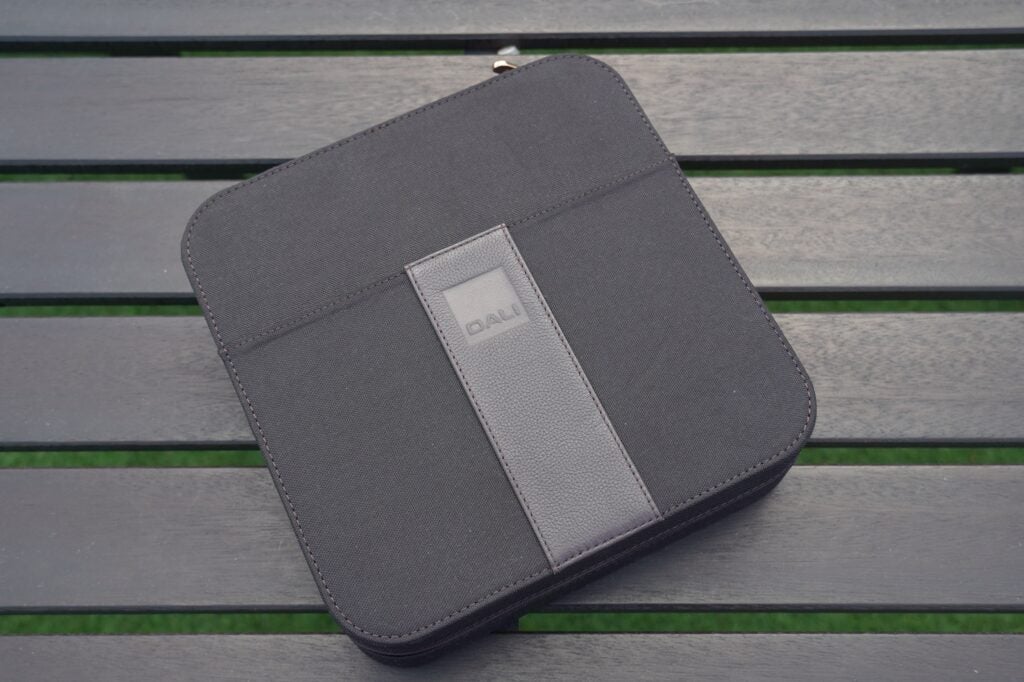
In terms of operation, the DALI use physical controls. At first I was baffled as there aren’t many buttons on the right earcup, but pressing down on the right earpad controls playback. Push and hold down and that brings up a voice assistant, while the horizontal lines at the top of earcup are there for volume. Press three times on the main surface and it skips back, while twice jumps forward.
I like this means of interaction, avoiding the pitfalls of swipes and touch gestures which don’t always work as they’re meant to. This is much more responsive and reliable.
On the earcup itself is a button for EQ (Bass and Hi-Fi modes), power, which only requires a touch to turn on the headphones, while around the other side is the noise-cancelling button. There are LEDs for Bluetooth and battery (green is good, red is dead). A physical 3.5mm and USB-C ports round up the design portion of this review.
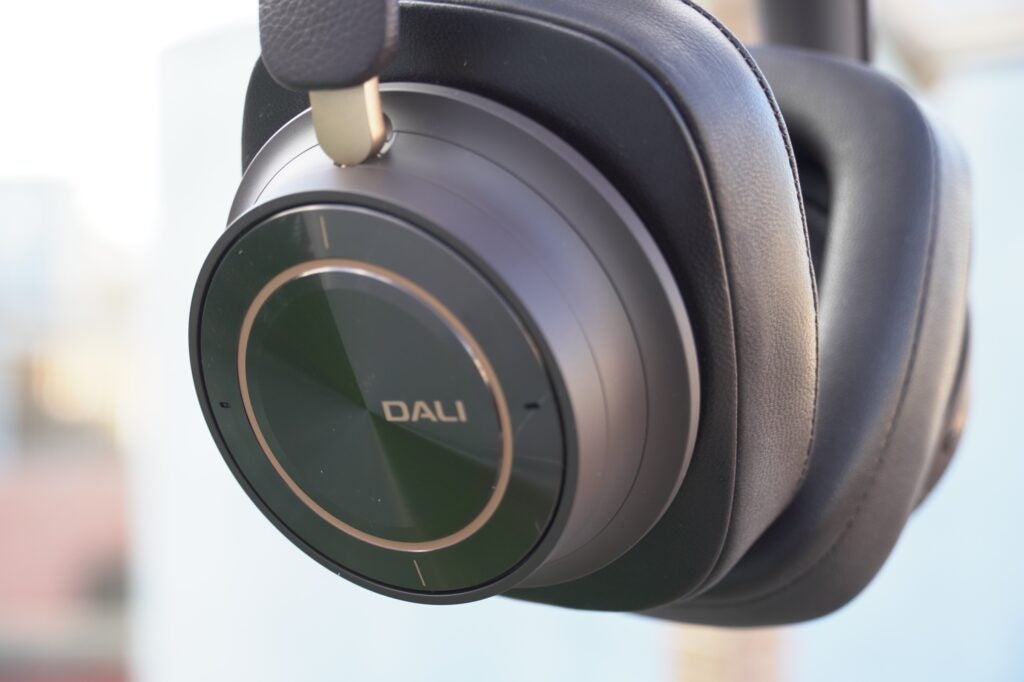
Well, almost. The DALI IO-12 are only available in one striking colourway – a dark chocolate finish. I’m not a big chocolate fan but these headphones look delicious. And most surprising is that these headphones have an IP rating of IP52. An IP rating for any over-ear is rare enough with IP52 protecting against dust and sprays of water.
Features
- Active noise-cancellation
- aptX Adaptive Bluetooth support
- 35-hour battery life
Let’s kick off with the noise-cancellation. These headphones cost £999/$999, but it’s a Fool’s Errand to think that gets you a performance three times as good as the Sony WH-1000XM5. But I’d say that the performance you do get is solid enough.
Walking around Oxford Circus I find I’m not distracted by what’s around me. Cars are quiet enough, people walking past don’t distract – there’s lots of noise in this environment and while I can hear some of it, it’s suppressed effectively enough.
The Heathrow Express isn’t the loudest train, but a ride to the airport swept by without distraction as the DALI reduced persistent sounds like the air-condition. Used on an airplane, they suppress the sound of the airplane cabin solidly for a calmer experience, and it puts the squeeze on voices so they’re less audible.

The noise-cancelling is not as strong on the Underground when it gets really loud – it’s helped out by music being loud enough that it doesn’t get completely swamped, but the IO-12’s ANC does reduce the intensity of the wind rushing past in the tunnel.
For commutes, there are much stronger options in terms of suppression, though it does depend on which line you take (the Jubilee is a bit quieter than the Northern or Victoria). Like the Focal Bathys, the DALI IO-12 don’t strike me as the commuter’s choice, more the option for travel.
Despite the headphones featuring DALI’s Wind Noise Suppression tech, some noise is audible when a gusty gale blows about. I don’t have much to say about the transparency mode other than it’s excellent. It sounds very natural with almost no noise to speak of. The environment around me sounds almost exactly as it does when I take the headphones off.
There’s Bluetooth 5.2 support, and compatibility with AAC, aptX, aptX HD, and aptX Adaptive streaming codecs. Wireless stability with an Android headphone has been excellent with no drop outs walking through Paddington station concourse (twice) or Victoria station.
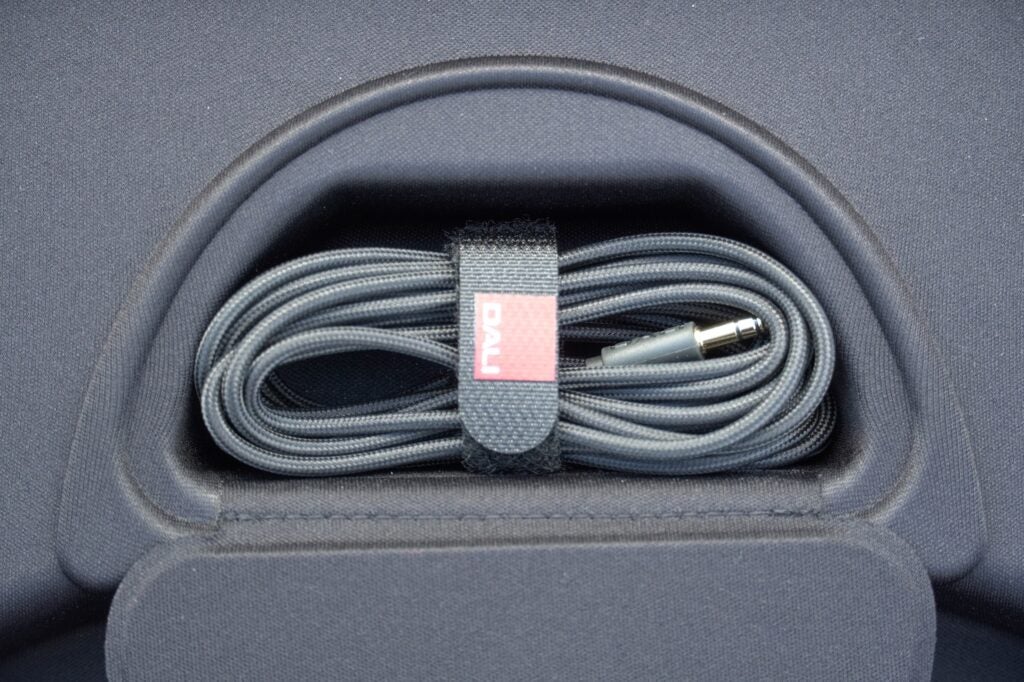
If you’re using these headphones with the cable, the DALI IO-12 support audio up to 24-bit/96kHz through the 3.5mm and USB cables.
There are (surprisingly) four modes of listening with these headphones. Its wireless active mode (i.e. via Bluetooth), wired active mode (powered on with the USB wired connection), analogue wired mode (the same but with 3.5mm), and analogue passive mode (off with the 3.5mm mode). ANC doesn’t work when the headphone is in its passive mode.
DALI claims battery life is 35 hours, and that seems about right. A three hour battery drain brought the headphones down to 91%, which should get you at least 30 hours of playback.
Like the IO-6 there is no app, which felt strange at first but is a decision I’ve come to appreciate – everything in terms of operation is onboard. What you’re missing out on is more customisation beyond the EQ button and firmware updates. But it does make things simpler – the need to reach for your phone to open an app is gone.

I would rate the call performance as very good. Heading to my usual haunt of Borough food market (the small one), and the person on the other end couldn’t hear what was around me, aside from some small things and voices in the market. They did mention that I sounded quiet at first – they had to turn the volume up on their end to hear me.
Sound Quality
- Confident musical performance
- Measured approach to bass
- Supports wired 3.5mm and USB modes
Right off the bat, the DALI IO-12 is a pair of headphones that sounds confident and musical. Its spacious sound is clear and detailed, with a slight hint of richness across the frequency range, but a hint that doesn’t get in the way of the insight these headphones offer.
You’ll want to be subscribed to high-quality music service (or have FLAC files at your disposal). When listening to Spotify Premium, the DALI IO-12 did seem to highlight the compression of lower quality tracks. As fluid and musical as these headphones sound, even with bit-starved audio, Spotify does sound a bit thin as if service doesn’t have enough meat on its bones for these headphones to tuck into.
A comparison with the Focal Bathys shows the DALI to be faintly warmer, with the Janelle Monae’s vocals in Can’t Live Without Your Love smoothly reproduced and pitched very up front and centre in the soundstage. The Focal, however, is the clearer of the two, revealing a slightly crisper midrange that elicits a little more detail. I would say the DALI describes the track with a little more stereo depth in the handling of her voice and the layering of the backing vocals out to the side.
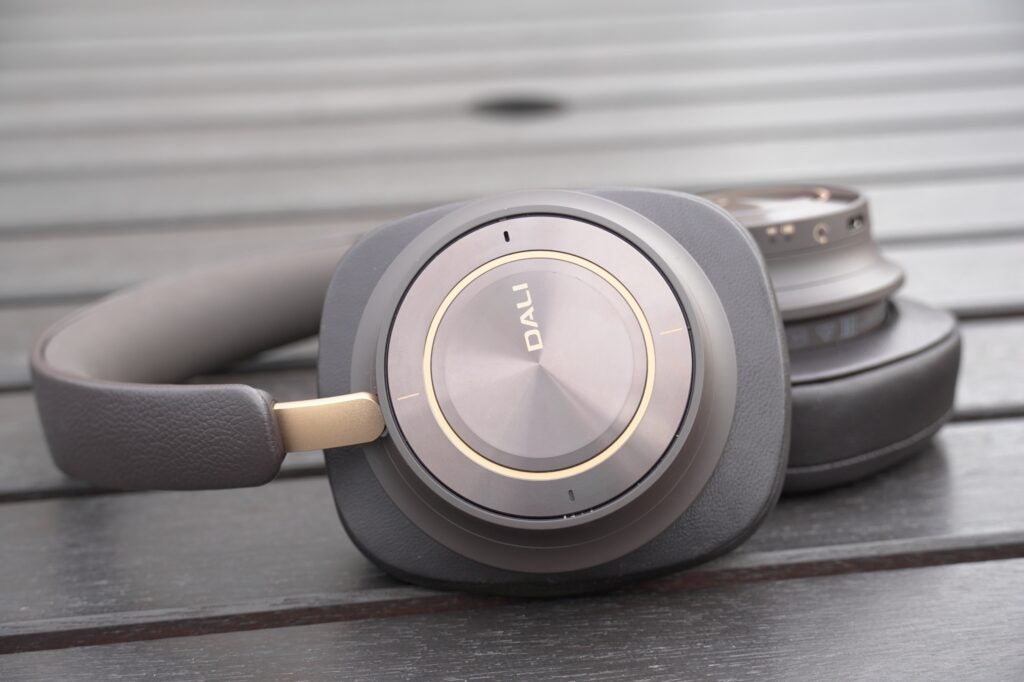
Like the Focal, the DALI’s ‘loudness’ is well conveyed. These aren’t headphones you need to raise the volume up. At around 50% volume they’re more than loud enough. They’re dynamic both on a small and large scale, adept at switching tempo from slow to fast or vice versa in an unhurried and flowing manner.
Clarity and detail levels are high; with music streaming services such as Qobuz and Tidal, I feel like I’m getting plenty of resolution over a Bluetooth connection. I find Focal Bathys offer more insight, but the DALI are more free-flowing and fluid in their manner than the warmer, weightier-sounding Bowers & Wilkins Px8 headphones.
To my ears, the IO-12 resolve detail with more clarity – they feel lighter describing the mids and highs than the Px8 – though the Bowers carry more of a presence in the bass regions with Higher Ground from the TNGHT album, displaying more assertiveness and power in the low frequencies.
Though the DALI lacks that same level of punch in the low frequencies in its Hi-Fi mode, switching to Bass mode with Justice’s Genesis adds more weight as well as warmth, though it sacrifices some clarity and definition. With and without Bass mode engaged, the DALI still delivers an energetic rendition that grabs my attention from the beginning to end, more so than the Focal achieves.

With Naima’s Love Song from Jon Batiste and Stay Human, the DALI puts forward a wide soundstage and one of the DALI’s more notable traits is how close the soundstage is brought to the listener. They sound bright, but don’t overdo it, able to bring out good detail from the shaking of the tambourine yet not sound too sharp to be unnatural, with enough clarity to pluck and highlight it from the rest of the song’s instrumentation.
In the end, the DALI, Focal, and Bowers & Wilkins all have excellent attributes but take different approaches to bringing music to life. I think the Bathys sounds best with its neutral approach that allows you to pick out detail and voices. The Px8 aren’t as clear or sharp, but offer more confidence with bass, while the IO-12 sounds a little more dynamic, fluid, and musical.
You can connect via the 3.5mm or USB cable, but of the two the latter offers the best sound quality, while the former sounds less detailed. The performance is like what I’ve described above, with a warmth that brings a rich quality to the top end, mining higher fidelity and greater resolution (depending on the quality of your audio files) from Isfar Sarabski’s Planet album.
It’s more convincing in terms of its dynamic prowess too, the vocals in Phoebe Bridgers’ Garden Song laced with high levels of clarity and detail. There’s a naturalism about the DALI’s performance that I find to be absolutely consuming. It’s a revealing, well balanced listen.
Whether wireless or wired, you can count on the DALI IO-12 to offer terrific musical performance.

Latest deals
Should you buy it?
If your mode of travel is luxury
From the aesthetic, to the sound and overall performance, the DALI IO-12 exude class.
If ANC is the priority
The DALI’s noise-cancellation is good but the Bowers & Wilkins Px8 is better and for less.
Final Thoughts
The DALI IO-12 aren’t a pair of headphones for everyday use, work, or the commute. They are luxury wireless headphones for the person who has expensive habits and taste, and in that context, the DALI IO-12 excel.
Their clear, detailed, and slightly rich audio flavour makes them a musical sounding pair of headphones, whether listening via Bluetooth or passively via a wired connection. The wireless performance is very good, the levels of comfort are good, though their size and weight are factors some might not gel with.
The noise-cancellation is good enough to clear away ambient noise, though you could get better noise-cancelling from the likes of the Bowers & Wilkins Px8. There’s no app support which is a refreshingly simple way to go about things, and to be honest, headphones at this price don’t often have extensive app features anyway. I think the simplicity here is a good thing.
With the DALI IO-12 luxury and simplicity go hand-in-hand. A great combination that makes for an impressive pair of wireless headphones. Check out our Best Headphones guide for more options.
How we test
We test every set of headphones we review thoroughly over an extended period of time. We use industry standard tests to compare features properly. We’ll always tell you what we find. We never, ever, accept money to review a product.
Find out more about how we test in our ethics policy.
Tested across three months
Tested with real world use
Battery drain carried out
FAQs
The DALI IO-12 uses a Bluetooth 5.2 connection, and streams in AAC, aptX, aptX HD, and aptX Adaptive.
Full specs
The post DALI IO-12 appeared first on Trusted Reviews.
https://ift.tt/REsmrF3

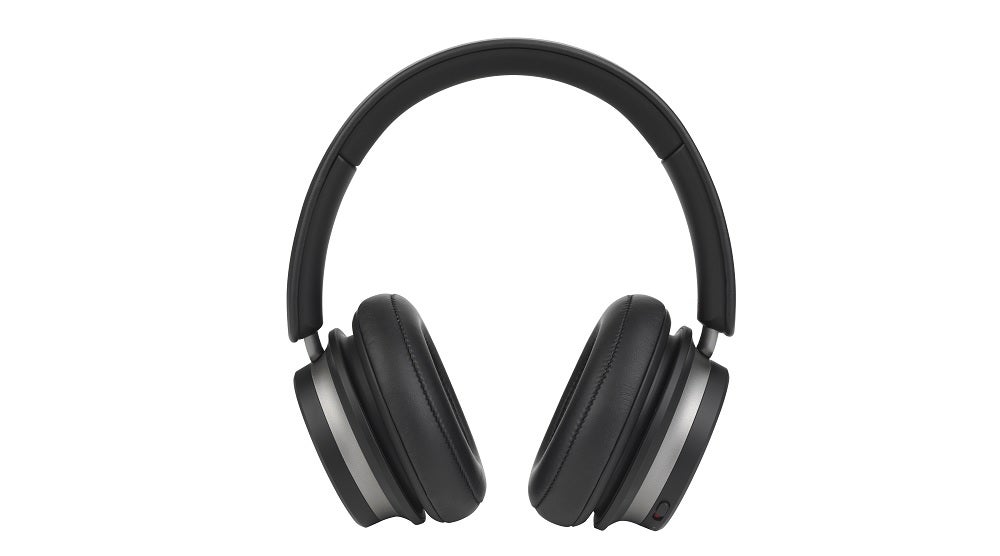
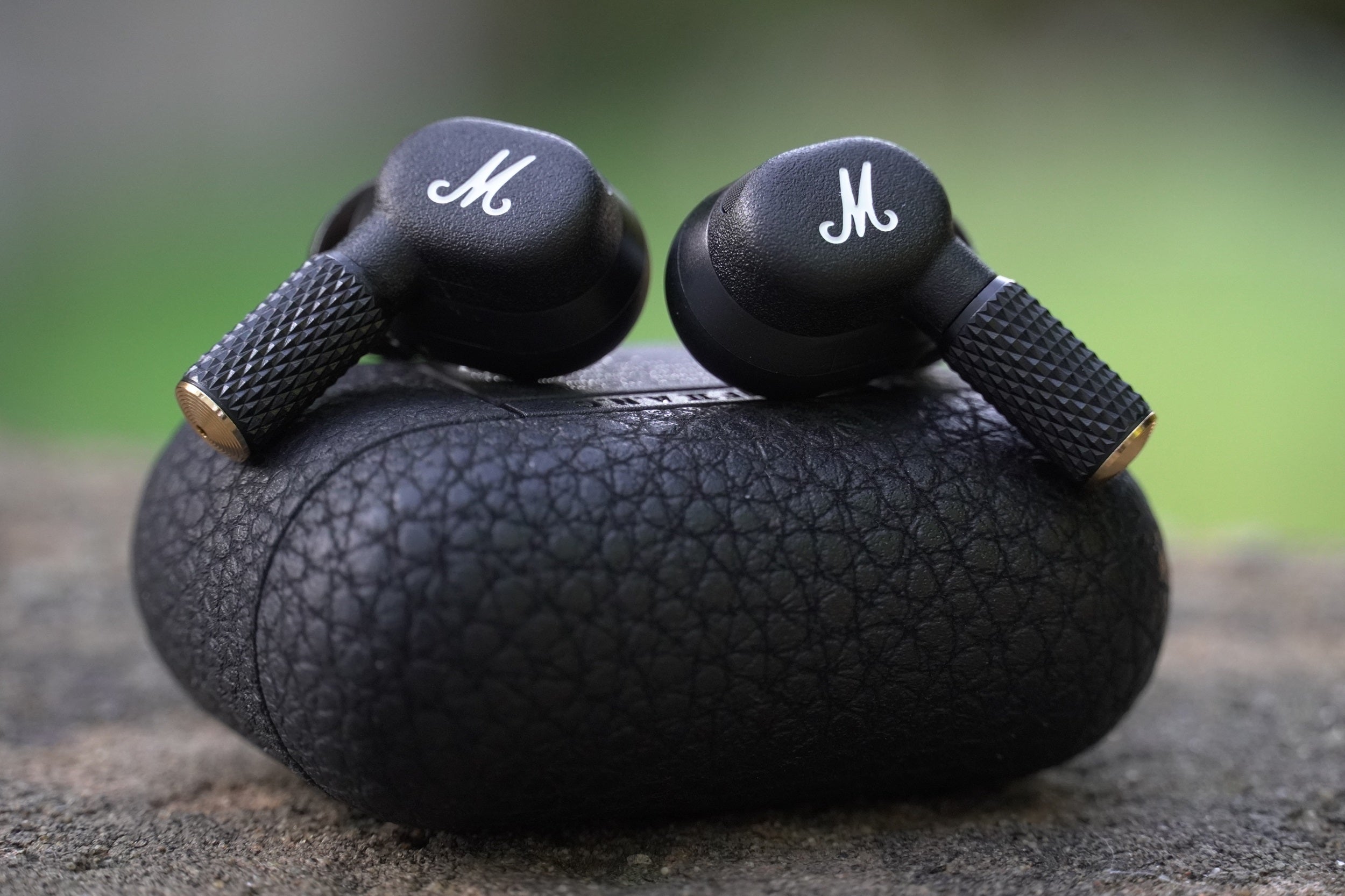
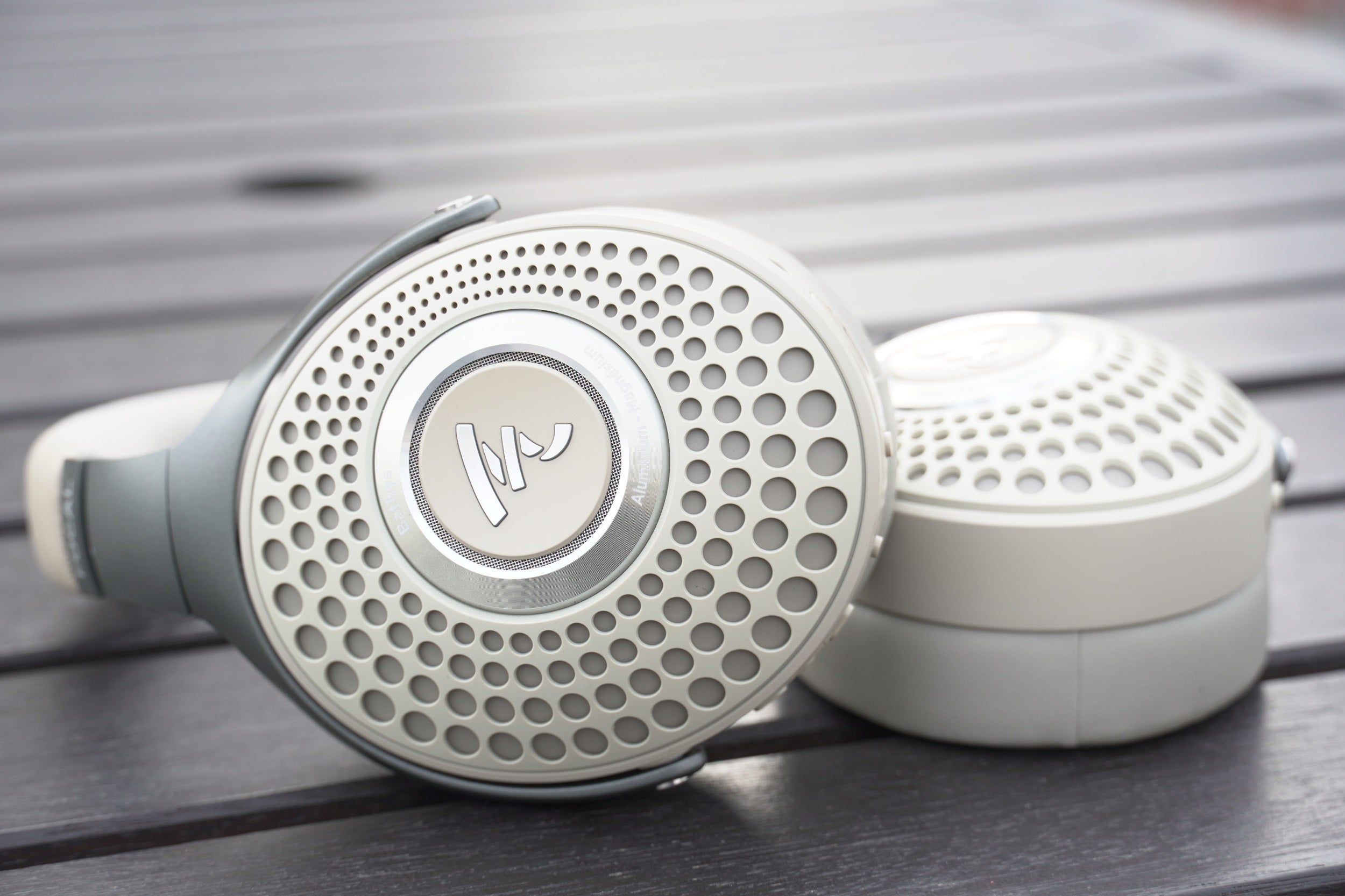
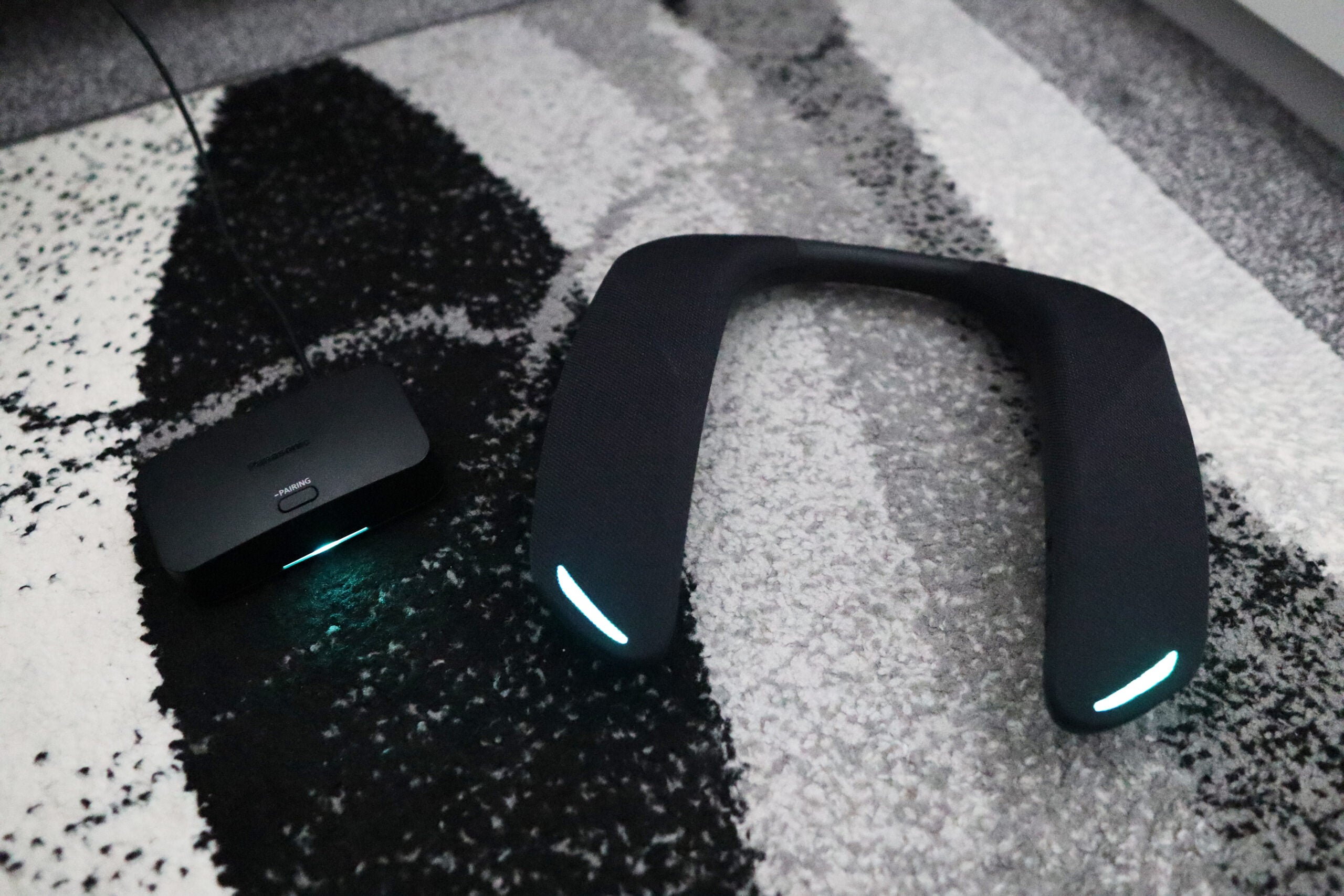
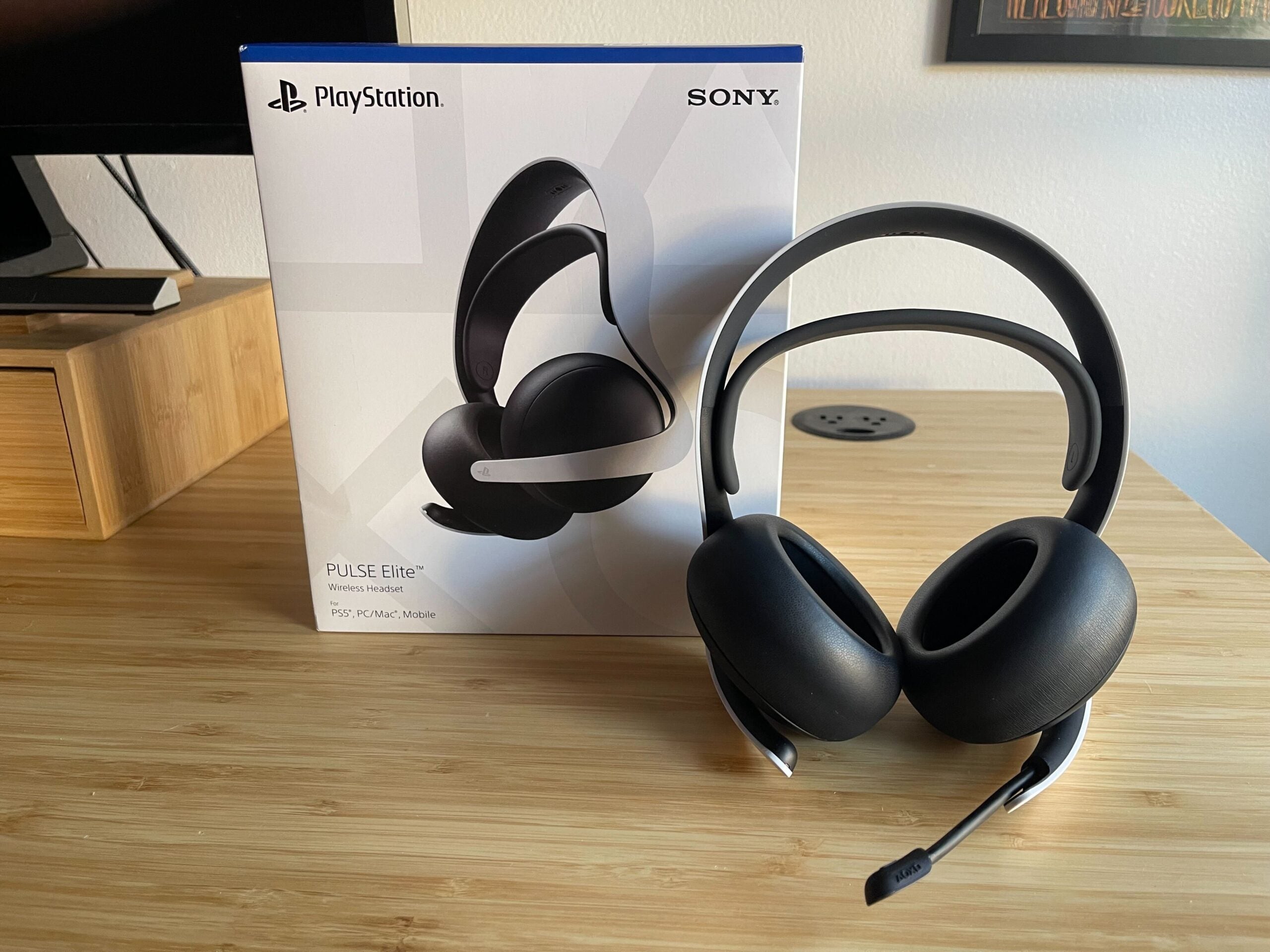
Comments
Post a Comment